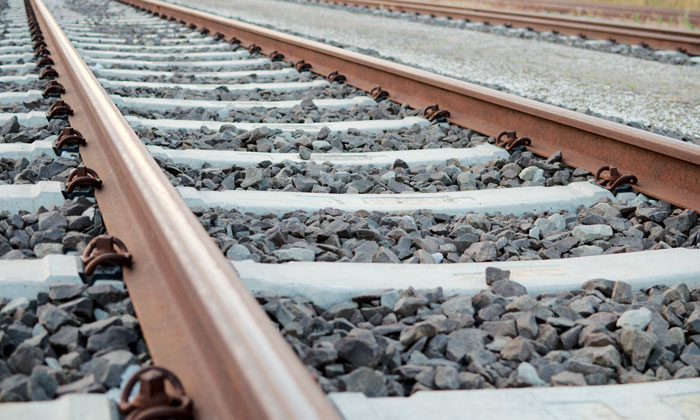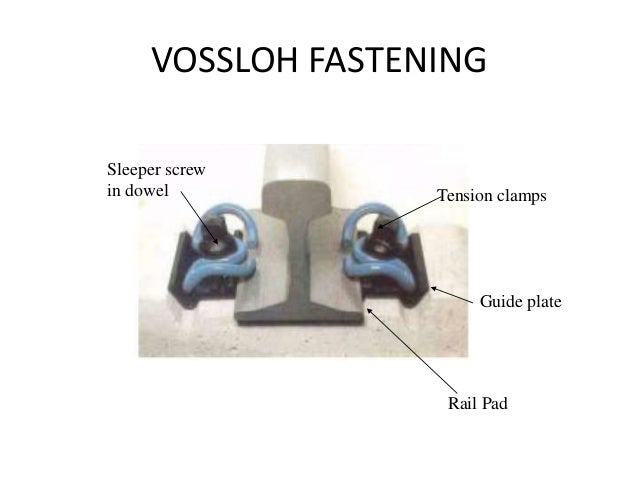Apple has responded to reports of some users experiencing a color shift on the titanium frame of their iPhone 15 Pro and Pro Max devices. The company has acknowledged that the issue is real, but has assured customers that it is only temporary and can be easily fixed.
In a support document on its website, Apple explains that the color shift is caused by the oil from the user's skin reacting with the titanium frame. This can result in a slight discoloration of the frame, which may be more noticeable on lighter colors.
Apple has stated that the color shift is not permanent and can be easily removed by wiping the frame with a soft, slightly damp, lint-free cloth. The company also recommends that users avoid using harsh chemicals or abrasive cleaners on their devices, as this could damage the titanium finish.
Apple's response to this issue has been met with mixed reactions from some users. Some have expressed frustration that the company is not doing more to address the problem, while others have said that they are satisfied with the company's explanation and the easy fix.
Overall, the issue of the iPhone 15 changing color is not a major one. It is only temporary and can be easily fixed. However, it is important for users to be aware of the issue so that they can take steps to prevent it from happening and to fix it quickly if it does.
Here are some tips for preventing and fixing the color shift issue on your iPhone 15 Pro or Pro Max:
•Wash your hands regularly. This will help to remove any oil or dirt from your skin before you handle your phone.
•Use a case. A case will help to protect your phone from scratches and fingerprints, and it can also help to reduce the amount of oil that comes into contact with the titanium frame.
•Wipe your phone down regularly. Use a soft, slightly damp, lint-free cloth to wipe down your phone, including the titanium frame. Avoid using harsh chemicals or abrasive cleaners.
If you do notice a color shift on your phone's frame, simply wipe it down with a soft, slightly damp, lint-free cloth. The color shift should go away immediately.
I Apple has responded to reports of some users experiencing a color shift on the titanium frame of their iPhone 15 Pro and Pro Max devices. The company has acknowledged that the issue is real, but has assured customers that it is only temporary and can be easily fixed.
If you have any further concerns about the color shift issue, you can contact Apple support for assistance.
















